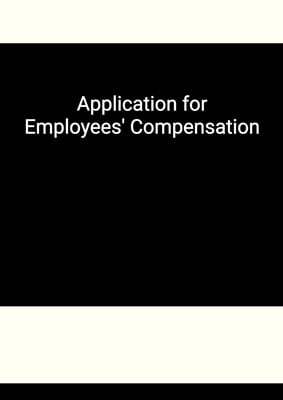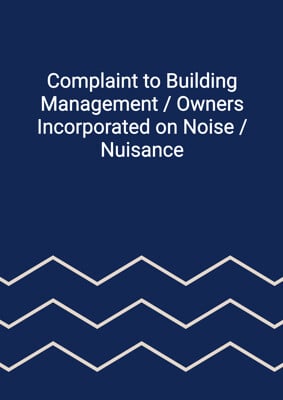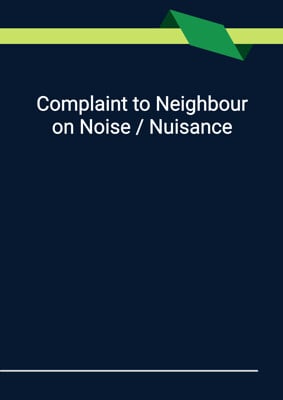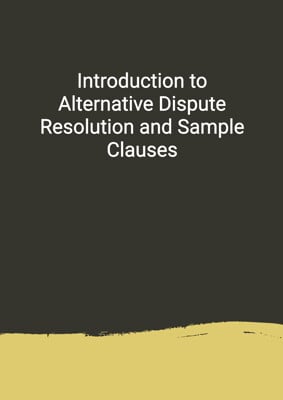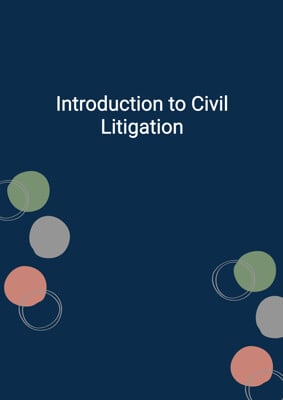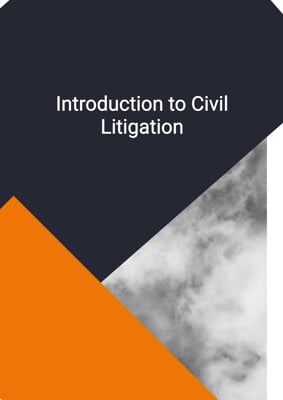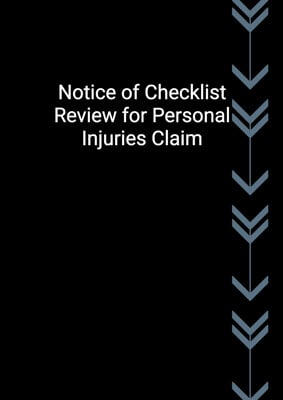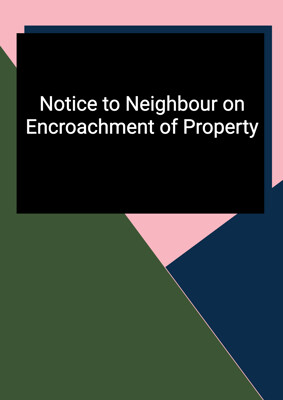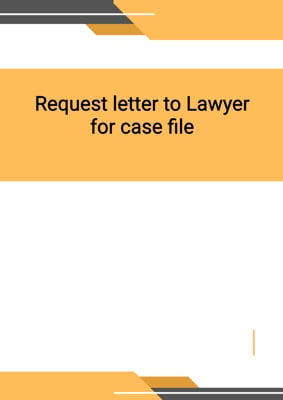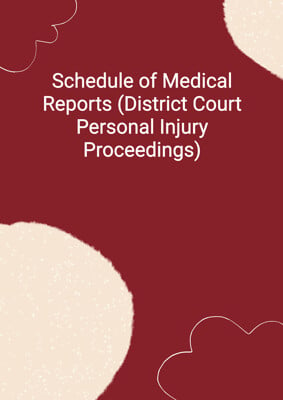How to Tailor the Document for Your Need?
01
Create Document
Click "Create Document" button and the document will be prepared with your account details automatically filled in.
02
Fill Information
Please fill in any additional information by following the step-by-step guide on the left hand side of the preview document and click the "Next" button.
03
Get Document
When you are done, click the "Get Document" button and you can download the document in Word or PDF format.
04
Review Document
Please review the document carefully and make any final modifications to ensure that the details are correct before sending to the addressee.
Document Preview
Document Description
The document titled 'Complaint to Neighbour on Noise / Nuisance' is a formal complaint letter addressed to a neighbor regarding the noise and nuisance caused by them. The importance of this document lies in its ability to address the issue and seek a resolution for the disturbance caused.
The entire document is divided into several sections, each serving a specific purpose. The first section includes the account information of the complainant, such as their last name, first name, job address, and email. This information helps in identifying the complainant and establishing their credibility.
The second section is the introduction, where the complainant addresses the recipient, who is the occupant of the address causing the noise and nuisance. The complainant states the purpose of the letter, which is to issue a final warning before taking legal action.
The third section provides a detailed description of the noise and nuisance experienced by the complainant. It mentions that loud music is frequently played after a certain time and continues until late at night. The complainant specifies that the noise originates from the neighbor's premises, specifically above their master bedroom. The impact of the noise on the complainant's family is highlighted, mentioning the lack of sleep and difficulty in concentrating on work.
The fourth section mentions the complainant's efforts to resolve the issue. They state that they have lodged multiple complaints with the management office of the building, who assured them of issuing warning letters to the neighbor. However, these measures have been ineffective, and the neighbor has refused to meet with the complainant.
The fifth section refers to the relevant laws and regulations regarding noise nuisance in the jurisdiction. It states that the neighbor's actions constitute an offense and that the complainant has also reported the issue to the police. Despite involving the authorities, the nuisance persists.
The sixth section discusses the trouble, inconvenience, and damages suffered by the complainant due to the ongoing nuisance. It mentions the decision to move out of the property and rent another one to escape the disturbance. The complainant also lists the provisional loss and damages suffered, including rental paid, loss of usage of the property, medical expenses, moving expenses, and others.
The final section serves as a notice to the neighbor, stating that unless they admit their liabilities and agree to compensate for the loss and damages within 14 days, the complainant will initiate legal proceedings. The neighbor will be held fully liable for all legal costs and expenses incurred.
In summary, the document provides a comprehensive account of the noise and nuisance complaint, highlighting the importance of addressing the issue and seeking compensation for the damages suffered.
How to use this document?
Guidance on how to use the 'Complaint to Neighbour on Noise / Nuisance' document:
1. Gather necessary information: Collect all relevant details about the complainant, including their last name, first name, job address, and email. This information will be used to identify the complainant and establish their credibility.
2. Address the recipient: Enter the name and address of the neighbor causing the noise and nuisance. Make sure to include their full name and complete address for accurate identification.
3. Describe the noise and nuisance: Clearly state the specific noise issues experienced, including the type of noise, frequency, and duration. Provide details about how the noise affects the complainant and their family's daily life.
4. Document previous actions taken: Explain any previous attempts made to resolve the issue, such as complaints lodged with the management office of the building or reports made to the police. Include any responses or lack thereof from these parties.
5. Reference relevant laws and regulations: Research and include information about the local laws and regulations regarding noise nuisance. Cite the specific offenses committed by the neighbor and the actions taken by the complainant to address the issue.
6. Outline damages and losses: List the damages and losses suffered by the complainant due to the ongoing nuisance. Include details such as rental payments, loss of property usage, medical expenses, moving expenses, and any other relevant costs.
7. Set a deadline for resolution: Specify a reasonable timeframe, typically 14 days, for the neighbor to admit their liabilities and agree to compensate for the damages. Clearly state the consequences of non-compliance, such as legal proceedings and the neighbor being held liable for all associated costs.
8. Preserve legal rights: Emphasize that the negotiation process does not waive or prejudice the complainant's rights, interests, or remedies available to them. Clearly state that all rights and interests are reserved.
By following these steps and accurately completing the document, the complainant can effectively communicate their grievances and seek a resolution for the noise and nuisance caused by their neighbor.
Not the right document?
Don’t worry, we have thousands of documents for you to choose from:

